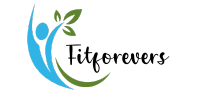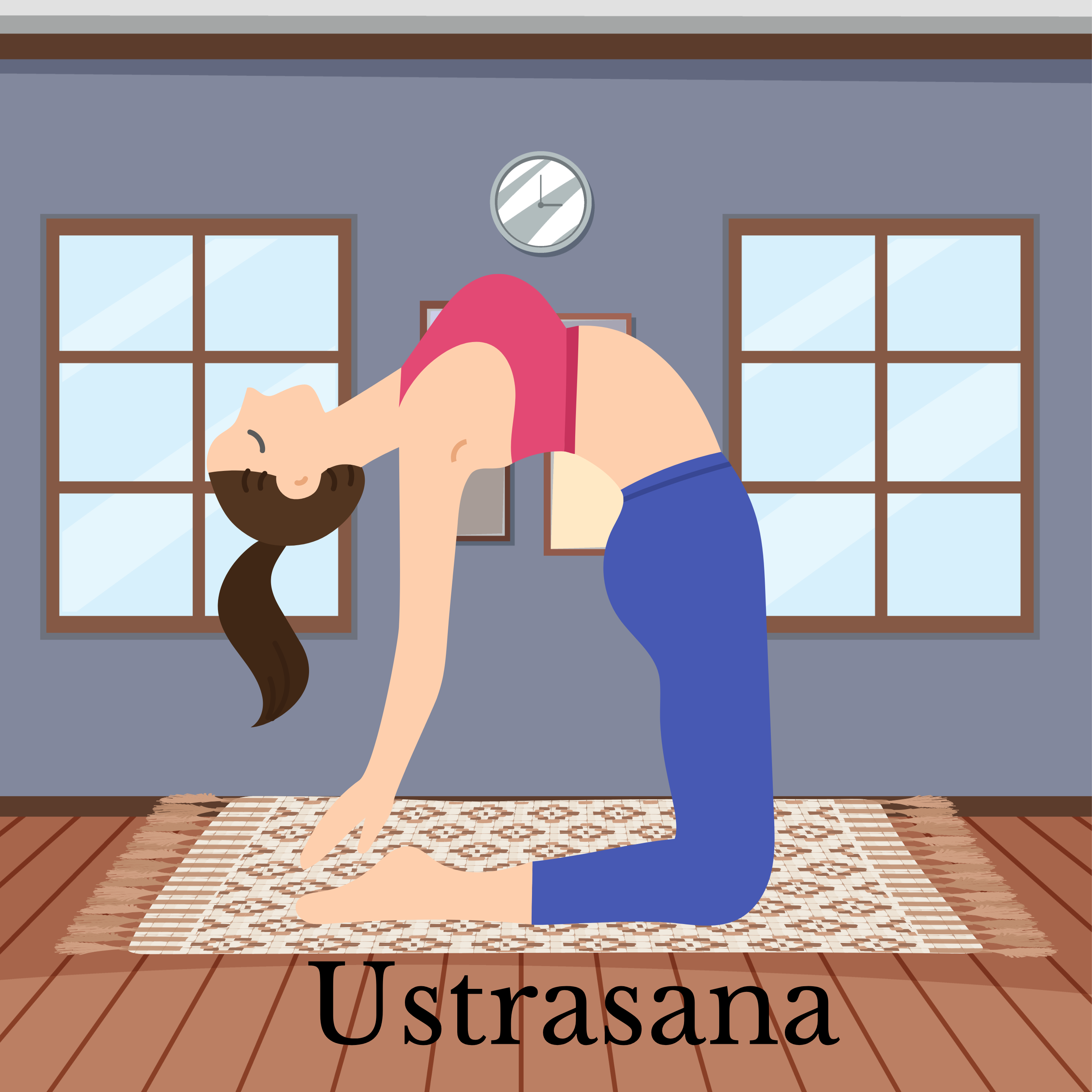Ustrasana for Back Pain Relief: Step-by-Step Yoga Guide (2025)
Introduction
Ustrasana, or Camel Pose, is a powerful back-bending yoga asana that stretches the spine, chest, and shoulders. Practicing this pose regularly can relieve back pain, improve posture, and increase flexibility. Whether you are a beginner or experienced yogi, this step-by-step guide will help you perform Ustrasana safely and effectively.
Internal Link: Explore our Pillar Guide to Yoga Asanas for more poses and detailed benefits.
Benefits of Ustrasana
-
Back Pain Relief: Stretches spinal muscles to reduce stiffness.
-
Posture Improvement: Strengthens back and core muscles.
-
Chest & Shoulder Opener: Enhances lung capacity and breathing.
-
Flexibility Boost: Stretches thighs, hips, and abdomen.
-
Mental Calmness: Reduces stress and promotes relaxation.
Affiliate Product: Yoga Mat for Comfortable Back Support
Step-by-Step Instructions
-
Kneel on your yoga mat with knees hip-width apart.
-
Place hands on your lower back for support, fingers pointing downward.
-
Gently lean backward and reach your hands toward your heels.
-
Lift the chest toward the ceiling, keeping the neck neutral.
-
Hold the pose for 15–30 seconds, breathing deeply.
-
Slowly return to starting position.
Try also Dhanurasana for Strength & Energy
Tips for Beginners
-
Start with shorter hold times if you feel tightness.
-
Use a yoga block behind heels for extra support.
-
Keep the neck neutral, avoid strain.
-
Focus on slow, deep breathing throughout.
-
Practice 3–5 times per week for best results.
Affiliate Product: Yoga Blocks & Straps for Support
Common Mistakes to Avoid
-
Overarching the lower back.
-
Forcing hands to heels without flexibility.
-
Holding your breath during the pose.
-
Ignoring discomfort in knees or lower back.
FAQs – Ustrasana for Back Pain Relief
Q1: What is Ustrasana in yoga?
A: Ustrasana, or Camel Pose, is a yoga asana that strengthens and stretches the spine, chest, and shoulders. It improves posture and relieves back pain.
Q2: How long should I hold Ustrasana?
A: Beginners can hold 10–15 seconds, gradually increasing to 30–60 seconds as flexibility improves. Always breathe deeply.
Q3: Is Ustrasana safe for beginners?
A: Yes, beginners can use support like yoga blocks or place hands on lower back instead of heels. Avoid overextending the neck or lower back.
Q4: Can Ustrasana help with back pain?
A: Regular practice stretches and strengthens the spine, relieving lower and upper back pain.
Q5: What are common mistakes in Ustrasana?
A: Avoid over-arching, forcing hands to heels, holding breath, and ignoring discomfort in knees or back.
Q6: Should I use props while doing Ustrasana?
A: Yes, yoga blocks or cushions provide extra support for heels or knees, making the pose safer.
- Pillar Yoga Asanas Guide
- Vrikshasana: Improve Balance & Strength
- Healthline – Yoga for Back Pain
- Yoga Journal – Camel Pose Benefits
Conclusion
Ustrasana is an essential pose for back pain relief, spinal flexibility, and better posture. Incorporate it into your daily yoga routine for maximum benefits. Use supportive yoga products to make your practice safer and more comfortable.
-
Buy now: Yoga Mat for Back Support
-
Explore more yoga poses: Pillar Yoga Asanas Guide

